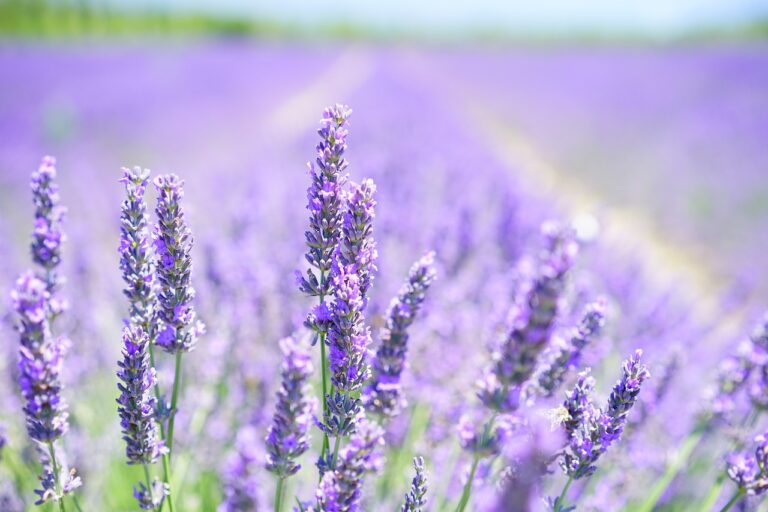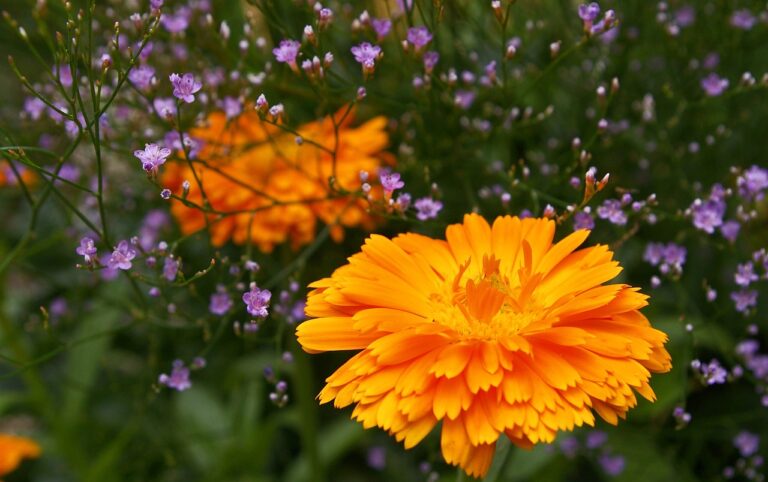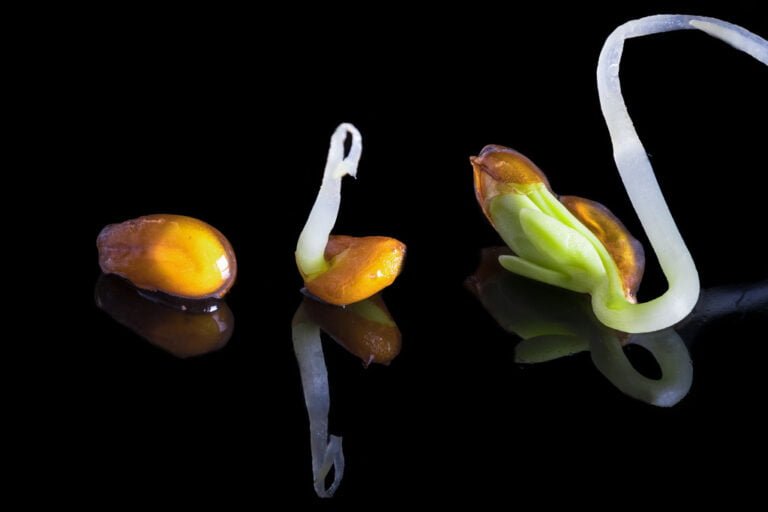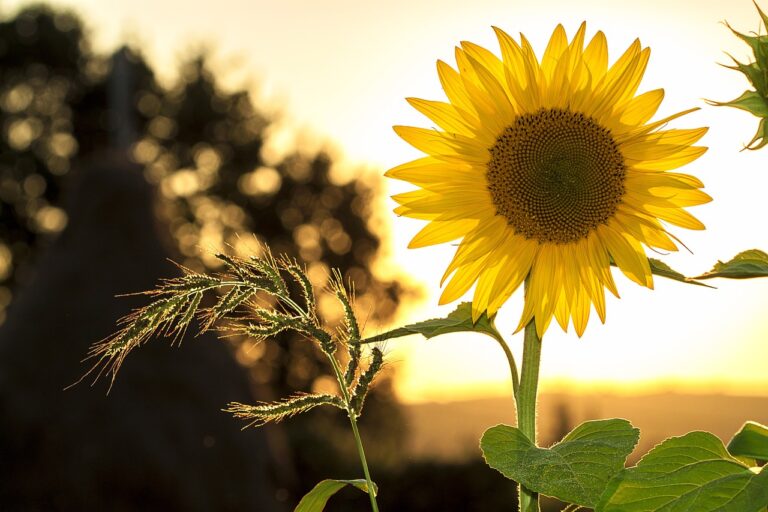The Blooming of Tulips
Get ready to immerse yourself in the breathtaking world of tulips, where vibrant colors and delicate petals come together in a symphony of beauty. In this article, we will guide you through the enchanting process of tulip blooming, from the fascinating history of these flowers to the secrets of growing them indoors. Discover the factors that affect their blooming, learn how to care for them in spring, and uncover ways to extend their blooming period. Let the tulips captivate your senses and fill your world with their mesmerizing charm.
History of Tulips
Now let's delve into the fascinating history of tulips. These vibrant and elegant flowers have a rich and captivating past that spans centuries. Tulips originated in Central Asia and were first cultivated by the Ottoman Empire in the 16th century. They quickly gained popularity and became a symbol of wealth and prestige. In the 17th century, tulips reached the peak of their popularity during the Dutch Golden Age. The demand for tulips skyrocketed, leading to a speculative market known as "Tulip Mania." Prices soared to exorbitant levels, before crashing dramatically in what became one of the first recorded speculative bubbles. Despite this setback, tulips continued to be cherished for their beauty and grace. Today, they symbolize love, passion, and perfect beauty, making them a beloved choice for bouquets and gardens alike.
Types of Tulips
Explore the diverse array of tulip varieties, each showcasing its own unique color, shape, and charm. From the elegant and graceful lily-flowered tulips to the bold and vibrant parrot tulips, there is a tulip to suit every taste and preference. The single early tulips, with their classic cup-shaped blooms, are the first to emerge in spring, heralding the arrival of warmer days. For a touch of elegance, the double late tulips with their peony-like flowers are a perfect choice. If you desire a burst of color, look no further than the fringed tulips, with their delicate, fringed edges. And for a touch of whimsy, the Viridiflora tulips with their streaks of green are a delightful option. With so many types to choose from, you can create a stunning tulip display that will bring joy to all who see it.
Growing Tulips Indoors
Are you wondering how to successfully grow tulips indoors? Well, you're in luck! Growing tulips indoors is a wonderful way to bring a burst of color and beauty into your home, even during the colder months. To start, choose a healthy bulb and a pot with good drainage. Plant the bulb in a well-draining potting mix, making sure it is covered with about an inch of soil. Place the pot in a sunny spot with indirect light and water it regularly, keeping the soil moist but not overly saturated. As the tulip grows, provide support with stakes or a trellis to prevent it from toppling over. In just a few weeks, you'll be rewarded with the sight of vibrant tulip blooms right in your own home. Enjoy the beauty and fragrance they bring, and don't forget to share these lovely flowers with others to brighten their day too!
Factors Affecting Tulip Blooming
To ensure successful blooming, several factors can influence the growth and development of your tulips. First, it is important to provide your tulips with the right amount of sunlight. Tulips thrive in full sunlight, so make sure to plant them in an area that receives at least six hours of direct sunlight per day. Additionally, soil quality plays a crucial role in tulip blooming. Tulips prefer well-drained soil with a pH level between 6 and 7. You can improve soil drainage by adding organic matter, such as compost or peat moss. Another factor to consider is proper watering. Overwatering can lead to root rot, while underwatering can hinder growth. Aim to keep the soil evenly moist but not waterlogged. Finally, don't forget to fertilize your tulips. Use a balanced fertilizer with equal amounts of nitrogen, phosphorus, and potassium to promote healthy blooming. By considering these factors, you can ensure that your tulips bloom beautifully and bring joy to your garden.
Best Soil for Tulips
For optimal tulip blooming, choose a well-drained soil with a pH level between 6 and 7. The best soil for tulips is one that is rich in organic matter and has good drainage. Tulips require soil that allows water to pass through easily, preventing waterlogged conditions that can lead to rot. When the soil drains well, tulip bulbs can develop strong root systems, ensuring healthy growth and vibrant blooms. Additionally, a slightly acidic to neutral pH level provides the ideal conditions for tulips to absorb essential nutrients from the soil. To improve soil drainage, you can add organic matter like compost or well-rotted manure. This will also enrich the soil and provide necessary nutrients for the tulips to thrive. By choosing the best soil for your tulips, you can ensure a stunning display of colorful blooms that will delight and serve as a beautiful centerpiece in your garden or landscape.
Tips for Planting Tulips
When planting tulips, ensure proper spacing between bulbs by using a ruler or measuring tape. This is crucial for the healthy growth and development of your tulips. Each bulb should be spaced about 4 to 6 inches apart to allow enough room for the roots to spread and for the flowers to bloom beautifully. Planting them too close together can lead to overcrowding and stunted growth. Additionally, make sure to plant the bulbs at the proper depth, usually about 6 to 8 inches deep. This will help protect them from extreme temperatures and provide enough insulation for their winter dormancy. By following these tips, you can ensure that your tulips will thrive and create a stunning display of vibrant colors in your garden.
Caring for Tulips in Spring
You should regularly water your tulips in the spring to promote healthy growth and vibrant blooms. As the temperature rises and the sun shines brighter, your tulips will need an adequate amount of water to thrive. Make sure to water them deeply, allowing the water to reach the roots. A good rule of thumb is to water your tulips about once a week, or more frequently if the weather is particularly dry. However, be cautious not to overwater them, as this can lead to root rot. Additionally, it is important to keep the soil well-drained to prevent waterlogging. By providing your tulips with the right amount of water, you will enjoy a stunning display of colorful blooms that will brighten up your garden and bring joy to your heart.
Common Tulip Diseases and Pests
As you care for your tulips in spring, it is important to be aware of common diseases and pests that can affect their health and blooming. Tulips are susceptible to various diseases such as tulip fire and botrytis blight. Tulip fire, caused by the fungus Botrytis tulipae, leads to brown spots and distorted growth. Botrytis blight, also caused by a fungus, results in gray mold on the leaves and flowers. Pests like aphids and slugs can also damage tulips by feeding on their leaves and stems. To protect your tulips, practice good garden hygiene by removing and destroying infected plants, and avoid overcrowding. Applying fungicides and using organic pest control methods can also help in preventing and managing these common diseases and pests, ensuring the health and vitality of your tulips.
How to Extend the Blooming Period
To extend the blooming period of your tulips, it is essential to employ proper care and maintenance techniques. First, make sure to plant your bulbs in well-drained soil. Tulips prefer soil that is slightly acidic and rich in organic matter. Additionally, provide your tulips with adequate sunlight. They thrive in full sun, so choose a location that receives at least six hours of direct sunlight per day. Regular watering is crucial to keep the soil moist but not waterlogged. Avoid overwatering, as it can lead to root rot. Deadheading is another important step in extending the blooming period. Remove faded flowers to redirect the plant's energy towards producing new blooms. Finally, apply a slow-release fertilizer in early spring to promote healthy growth and long-lasting blooms. By following these tips, you can enjoy a prolonged and vibrant tulip blooming period.
Tulip Festivals Around the World
Tulip festivals around the world showcase the vibrant beauty and cultural significance of these beloved flowers. These festivals are a celebration of nature's artistry and serve as a reminder of the importance of preserving and appreciating our natural heritage. Throughout the year, tulip festivals attract millions of visitors who come to witness the breathtaking displays of tulips in full bloom. From the world-renowned Keukenhof Gardens in the Netherlands to the Skagit Valley Tulip Festival in Washington, USA, these festivals offer a feast for the senses. You can stroll through endless fields of tulips in a kaleidoscope of colors, take part in workshops and demonstrations, and immerse yourself in the rich history and traditions associated with these iconic flowers. Tulip festivals provide a unique opportunity to connect with nature and experience the joy and wonder that these flowers bring to our lives.
Conclusion
Congratulations on reaching the end of this article! Now armed with knowledge about the history, types, and care of tulips, you are ready to make your own tulip garden bloom beautifully. Remember to choose the right soil, provide proper care in spring, and protect your tulips from diseases and pests. And if you want to experience the sheer joy of tulips in all their glory, don't miss out on the breathtaking tulip festivals around the world. Happy gardening and may your tulips flourish with vibrant colors!






